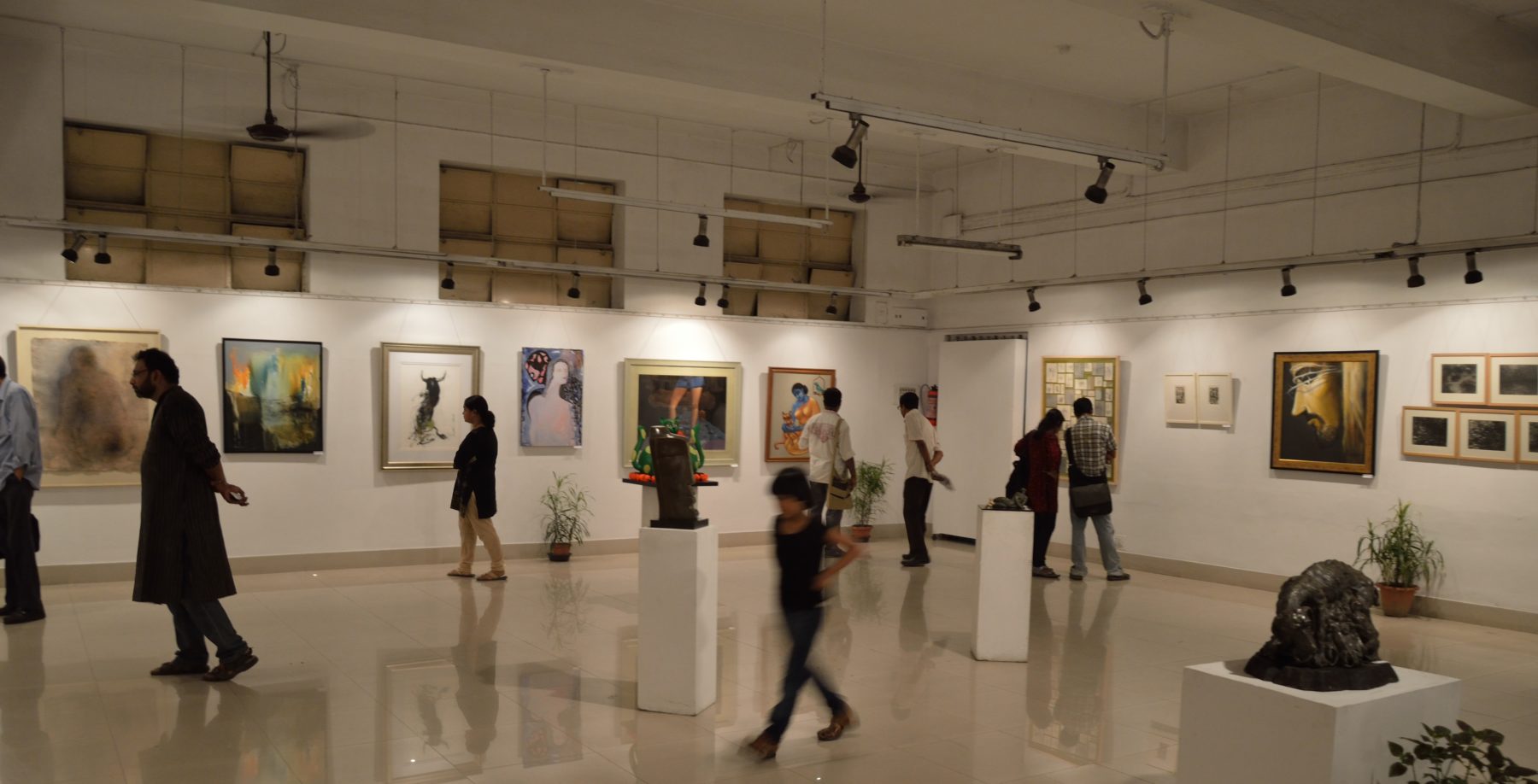1. Alexandre Frenette, Nathan D. Martin, and Steven J. Tepper. Cultural Trends Vol. 27, No. 5. “Oscillate Wildly: The Under-Acknowledged Prevalence, Predictors, and Outcomes of Multi-Disciplinary Arts Practice.” 2018.
This article draws on data from a survey of U.S. arts and design graduates to analyze the prevalence, predictors, and outcomes of multi-disciplinary artistic careers. The authors propose that the practice of multiple artforms is a common, albeit under-acknowledged, component of nimbly navigating artistic labour markets, alongside other strategies such as multiple jobholding and self-employment. While there are undoubtedly benefits to specialization, overall, we find that generalist arts alumni are more likely to continue working in the arts well after graduation.
2. NEA Office of Research & Analysis. National Endowment of the Arts. “U.S. Trends in Arts Attendance and Literary Reading: 2002-2017.” 2018.
This research booklet shows the rates at which adults in the United States have been attending arts events—and reading works of literature—over a 15-year period. In partnership with the U.S. Census Bureau, the National Endowment for the Arts has conducted the SPPA seven times since 1982.
3. Calgary Arts Development. “Arts Professionals Survey 2017.” 2017. Canada.
In the fall of 2017, Calgary Arts Development conducted an Arts Professionals Survey to learn how art is made in Calgary, what the lifestyle patterns and living conditions are for those working in the arts, and how Calgary is perceived as a supporter of arts activity. The survey sample comprised more than 700 artists and arts professionals.
4. Lord Harwath. All-Party Parliamentary Group on Arts Health and Wellbeing. “Creative Health: The Arts for Health and Wellbeing.” 2017.
This 2017 study out of the UK is the result of a three-year inquiry into the state of practice and research at the intersection of the arts and social care and provides recommendations on improvements of policy and practice.
5. Voices of Culture. Creative Europe Programme of the European Union. “Social Inclusion: Partnering with Other Sectors.” 2018. Europe.
This report is the result of the brainstorming process between 35 participating organizations. It looks at the policy, qualities of partnership, and research and development aspects of programs and projects dealing with culture and social inclusion.
